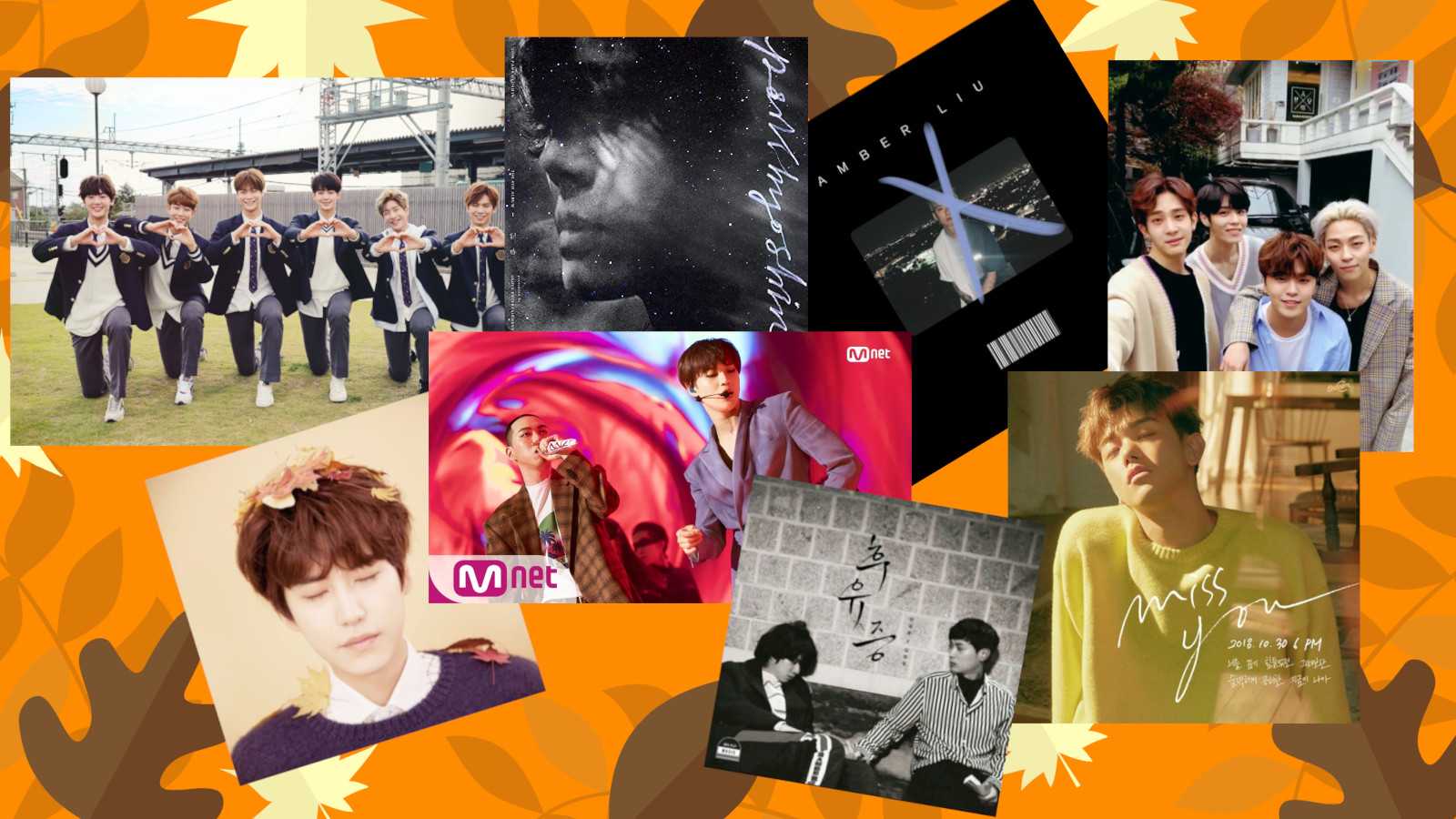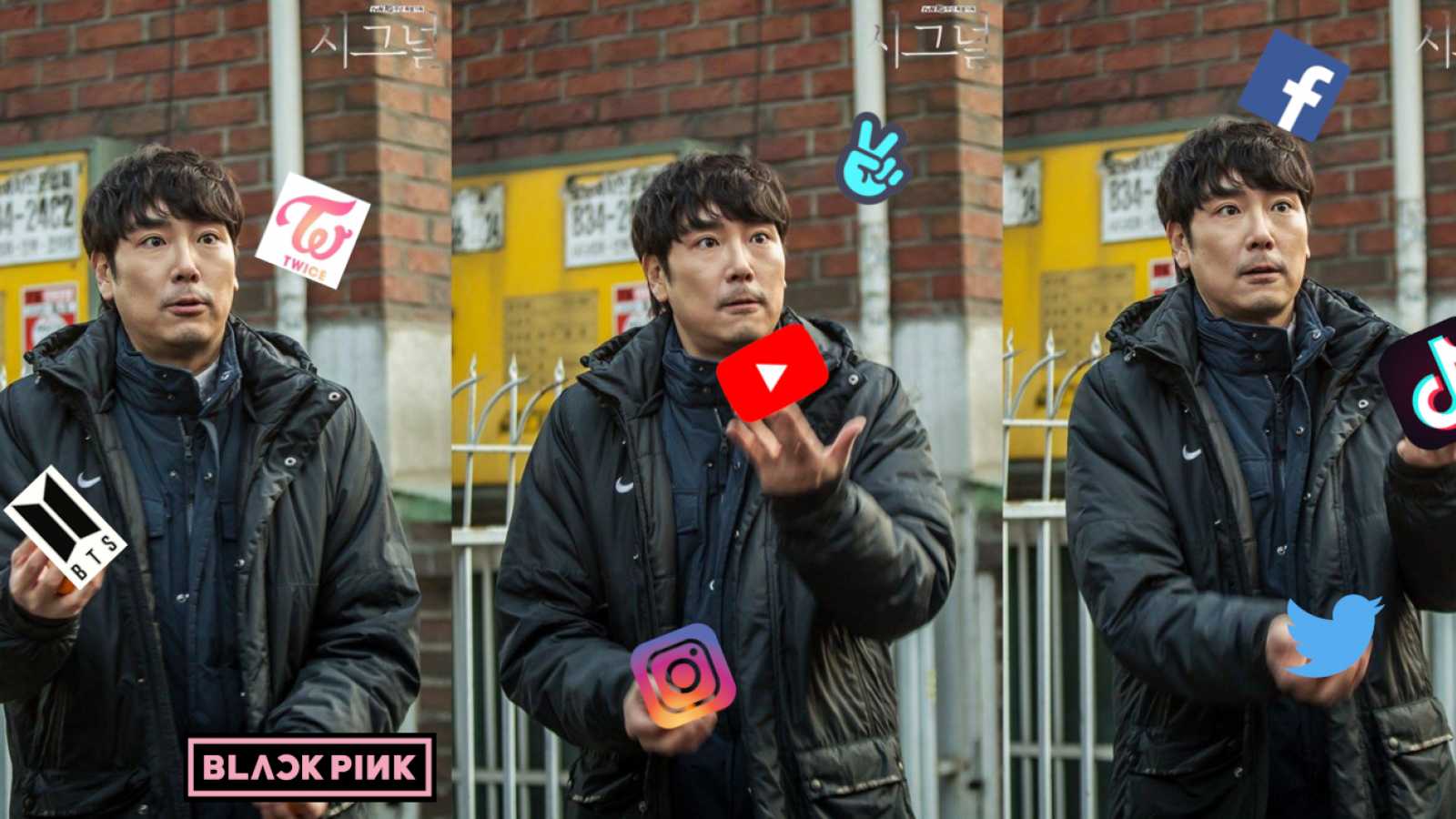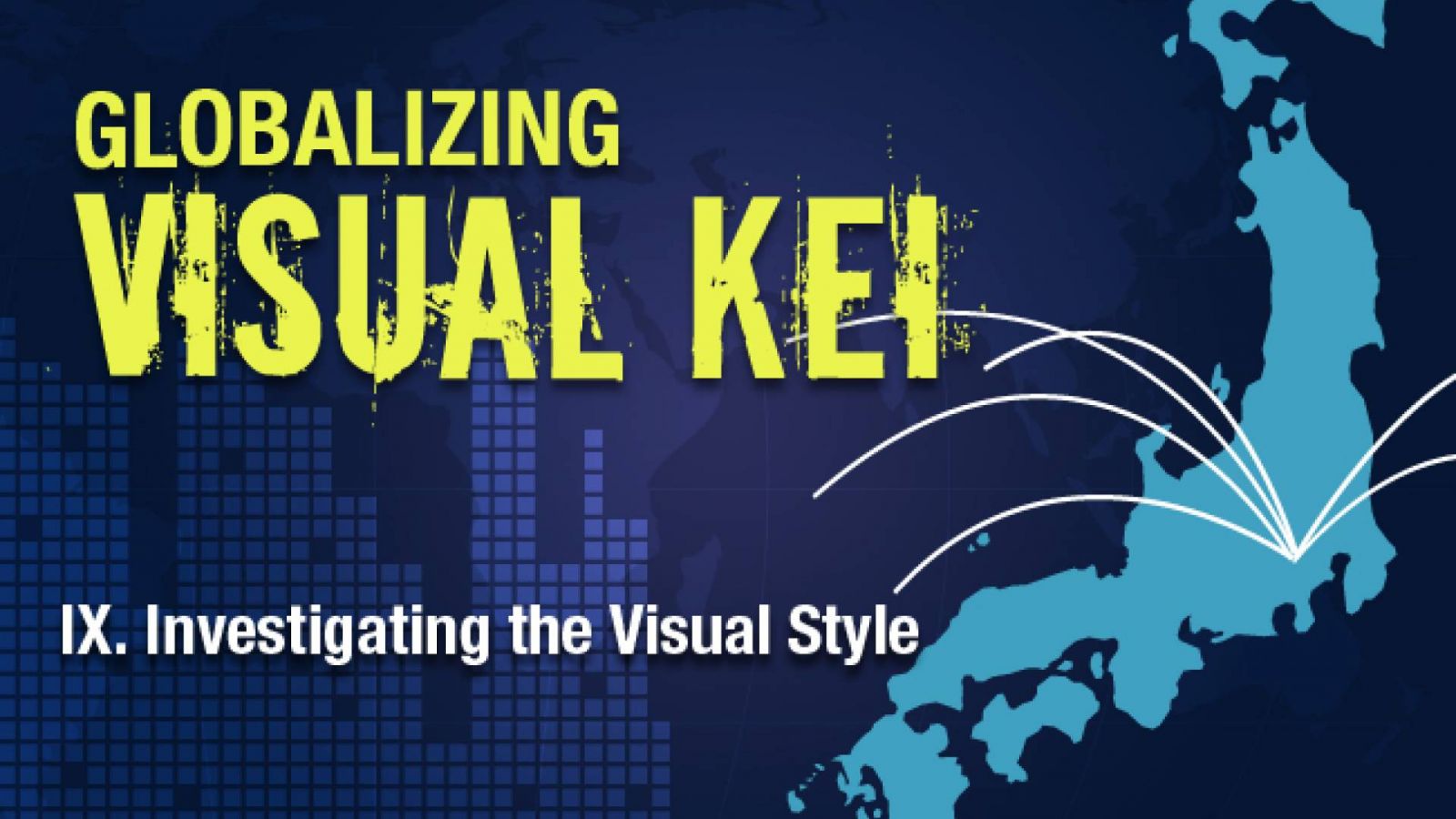Globalizing Visual Kei: Visual Kei Today and the Future of Visual Kei
Join us in the twelfth installment of the "Globalizing Visual Kei" web series as we wrap up the series and discuss visual kei today, and its future.






News
The study was subsequently chosen to be published as an undergraduate scholarly work in George Mason University's peer reviewed journal, The GMU Review.

News
JaME US team member Meg Pfeifle's "Globalizing Visual Kei" web series is to be published in a peer-reviwed journal

Special
In the final edition of the "Globalizing Visual Kei" web series, we will review the worldwide results from our March survey, which spanned 87 countries and 6,384 fans. THIS ARTICLE IS IMAGE HEAVY.

Special
Join us in the twelfth installment of the "Globalizing Visual Kei" web series as we wrap up the series and discuss visual kei today, and its future.

Special
In the eleventh instalment of the "Globalizing Visual Kei" web series, JaME interviewed Kiwamu, owner of Starwave Records and guitarist of BLOOD, to discuss his thoughts on the visual kei scene from its past to present day.

Special
In the tenth installment of the "Globalizing Visual Kei" web series, we will explore the digital era and visual kei's marketability overseas.

Special
In the ninth installment of the "Globalizing Visual Kei" web series, we will explore visual kei and the relationship of visual artists around the globe.

Special
In the eighth installment of the "Globalizing Visual Kei" web series, JaME interviewed a number of press and industry personnel from promoters to magazines to learn more about the business side of visual kei.

Special
In the seventh installment of the Globalizing Visual Kei web series, we will explore visual kei's involvement in anime, as well as its activity with American anime conventions.

Special
Join us in the sixth installment of the Globalizing Visual Kei Web-Series as JaME learns about the experiences of musicians who have worked both within the scene and as members of visual kei bands.

Special
In the fifth installment of the "Globalizing Visual Kei" web series, JaME investigates visual kei's history in Europe, Oceania and East Asia.

Interview
In the fourth installment of the "Globalizing Visual Kei" web series, JaME had the opportunity to interview Jimi Aoma to discuss the visual kei scene, fanbase, and his personal experiences.

Special
In the third installment of the "Globalizing Visual Kei" web series, JaME investigates visual kei's history in North, Central and South America.

Special
Join us in the second installment of the Globalizing Visual Kei web series, while JaME investigates some of the misconceptions about visual kei and the realities behind the scenes.

Special
The "Globalizing Visual Kei" web series will take fans and researchers on a thirteen-week journey to learn about visual kei — inside and out.

News
JaME would like to thank all fans who participated in our "Globalizing Visual Kei Survey," and for those who promoted it to their friends and family, your support was truly appreciated.